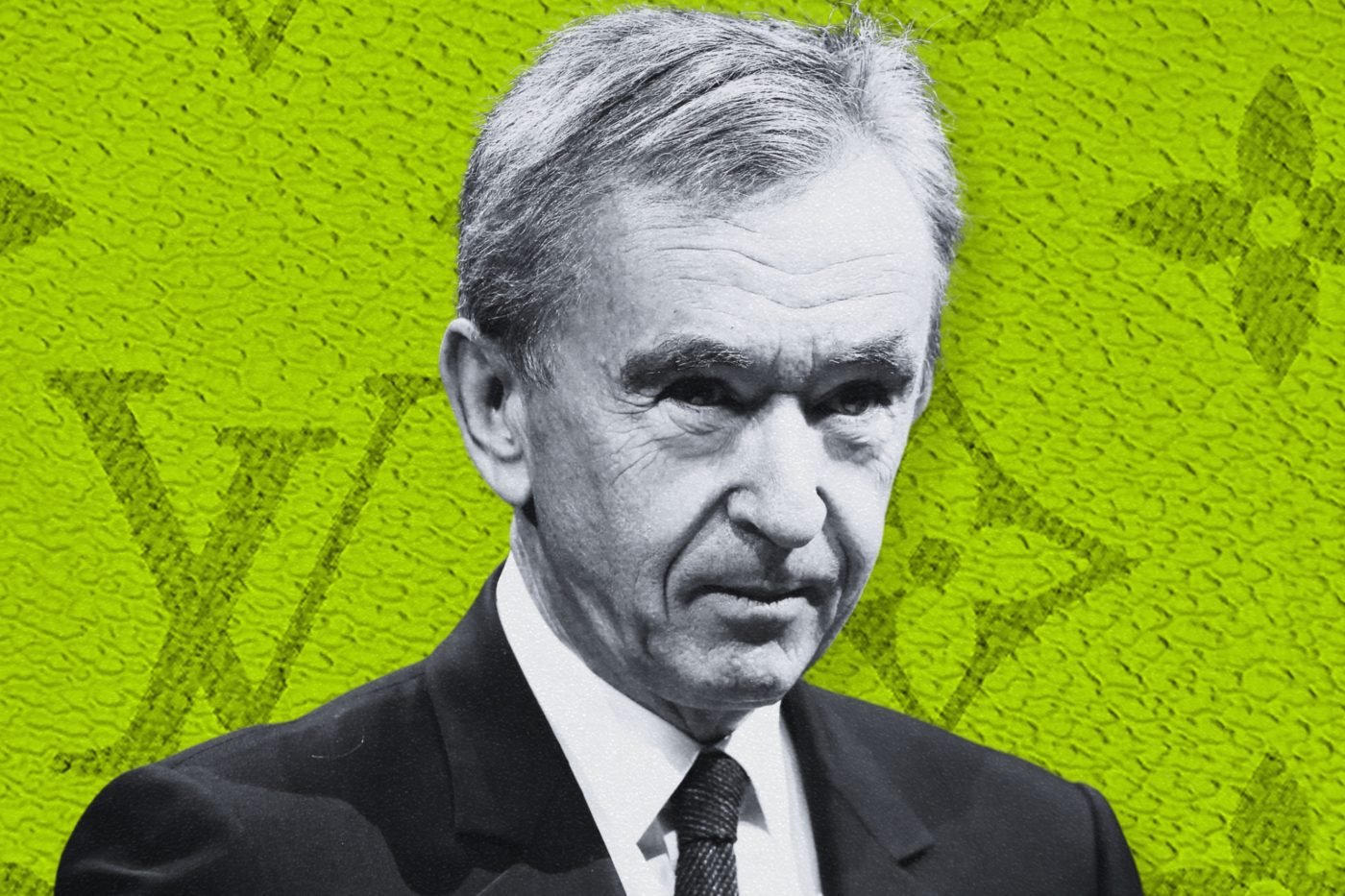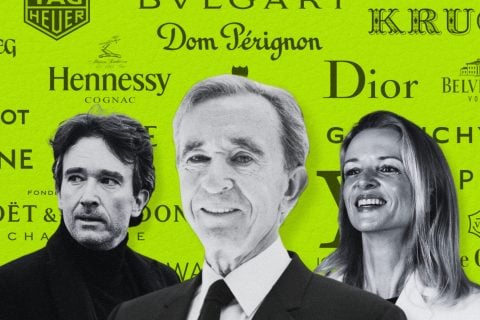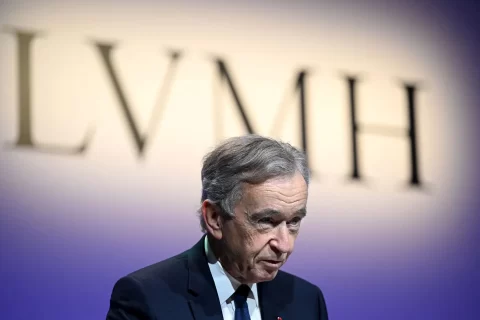- Bernard Arnault transformed LVMH into a $300 billion global luxury empire through strategic acquisitions and innovative leadership.
- LVMH owns over 70 prestigious brands, including Dior, Tag Hauer Tiffany & Co., and Bulgari.
- Arnault is labelled as the ‘Wolf in Cashmere’ by his rivals for his aggressive expansion moves.
When it comes to the world’s most influential luxury goods conglomerates, one name stands above the rest: Moët Hennessy Louis Vuitton (LVMH). The visionary behind the $300 billion USD empire is none other than Bernard Arnault, LVMH CEO, whose real estate empire stretches from Bordeaux to Beverly Hills. Since taking the helm of LVMH in 1989, Arnault has transformed luxury into one singular force that has earned him a personal net worth of over $164 billion USD (c. $255 billion AUD).
Today, LVMH owns a portfolio of more than 70 prestigious brands across six key sectors. From the champagne cellars of Moët et Chandon to the fashion houses of Christian Dior, from the precision of TAG Heuer watches to the sparkling allure of Tiffany jewels, LVMH represents more than just products — it displays a global lifestyle of uncompromising excellence.
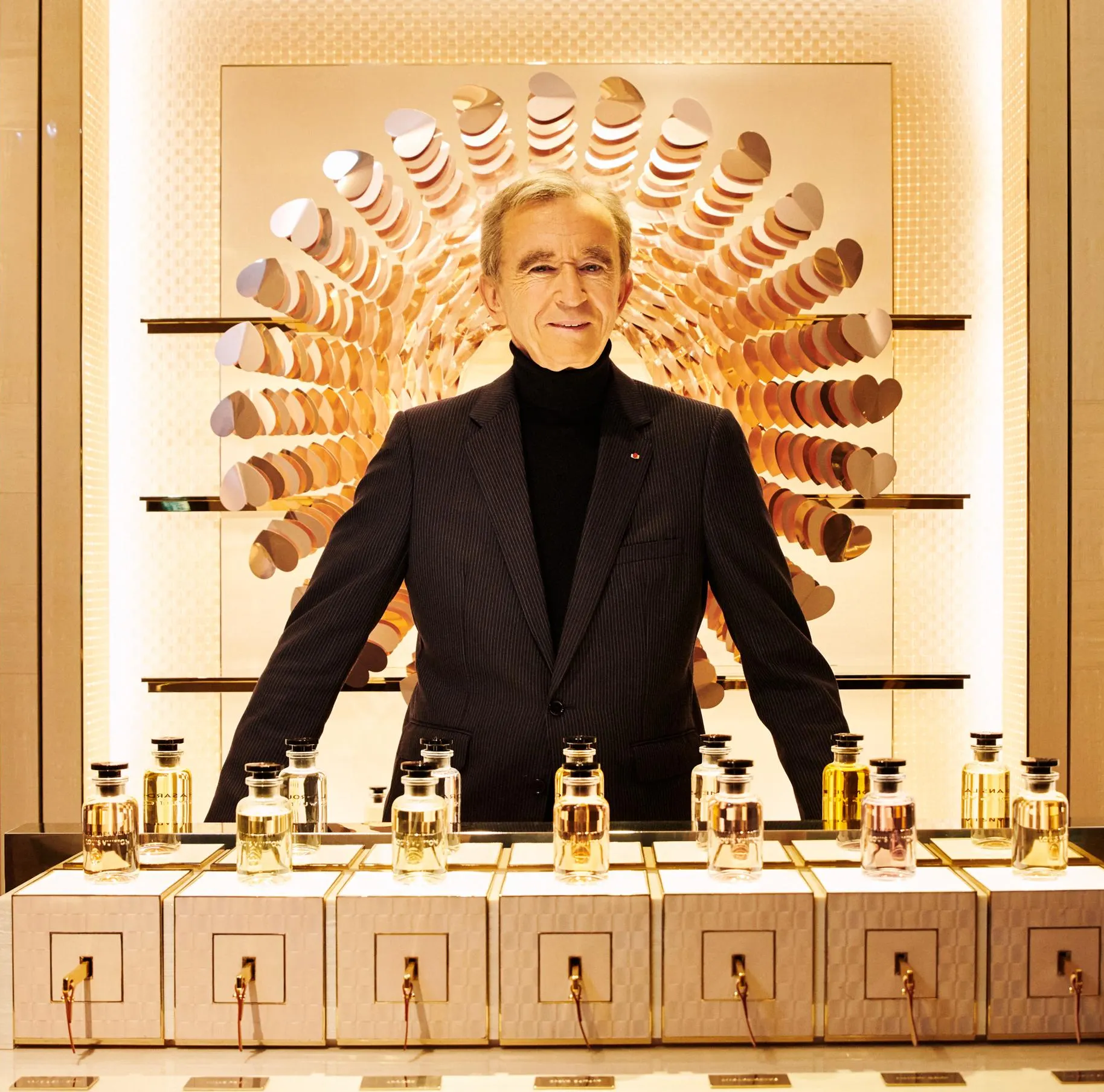
Major Acquisitions That Shaped LVMH
LVMH didn’t turn into a luxury giant overnight. It was carefully cultivated through a series of bold and strategic acquisitions that have cemented the company’s dominance. Deals that played the main role in LVMH’s rise.
Related Stories
Christian Dior (1984)
Arnault’s entry into the fashion world began in 1984 when he acquired the bankrupt company Boussac for $65 million USD, a deal that included the prestigious fashion house Christian Dior. This acquisition not only marked the beginning of Arnault’s journey into luxury but also laid the groundwork for what would become LVMH, with Dior continuing to be a shining star in its portfolio.
Moët Hennessy and Louis Vuitton (1987)
In 1987, Arnault engineered the game-changing merger between Moët Hennessy and Louis Vuitton — a daring move that brought together two of the most iconic French luxury brands. With $500 million USD in cash, he brought wine, spirits, fashion, and leather goods under one roof, setting the course for LVMH to rise to global dominance.
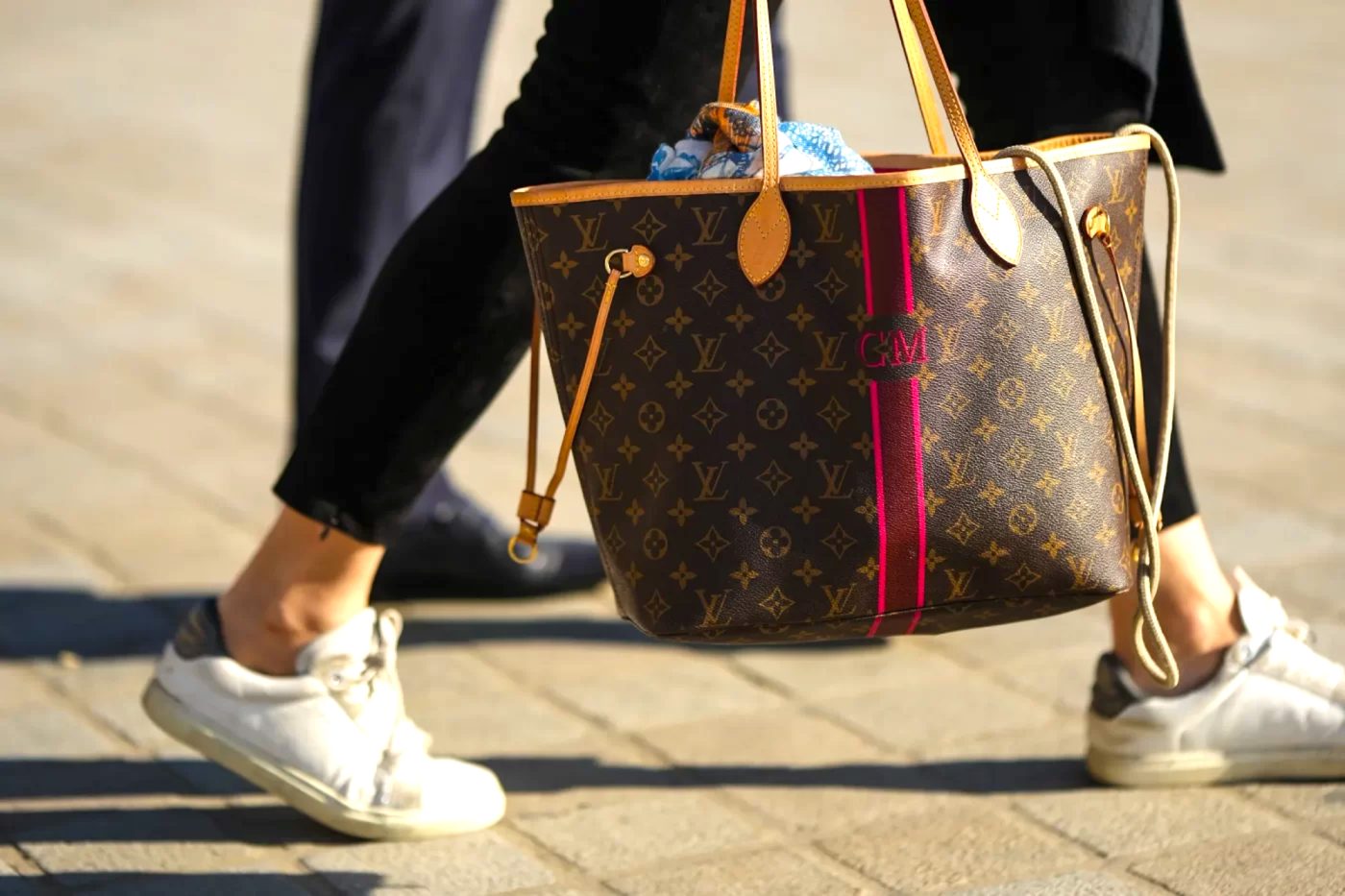
In the 1990s, he acquired more brands, such as the watch powerhouse TAG Heuer and the cosmetics brand Sephora, while also extending LVMH’s global reach from Europe and North America to Asia, South America, and Australia.
Fendi (2001)
In 2001, LVMH invested an estimated $260 million USD to acquire a majority stake in Italian luxury fashion house Fendi, known for high-quality fur and leather goods. Guided by the corporate strategy and financial support of LVMH, Fendi transformed from a noble Italian brand into a leading actor in the global luxury fashion marketplace.
Bulgari (2011)
LVMH furthered its business into the high-end jewellery line by acquiring the Italian brand Bulgari in 2011 for $5.2 billion USD. The deal placed LVMH in a position to compete against other luxury jewellery giants, such as Richemont, the parent company of Cartier and Van Cleef & Arpels.
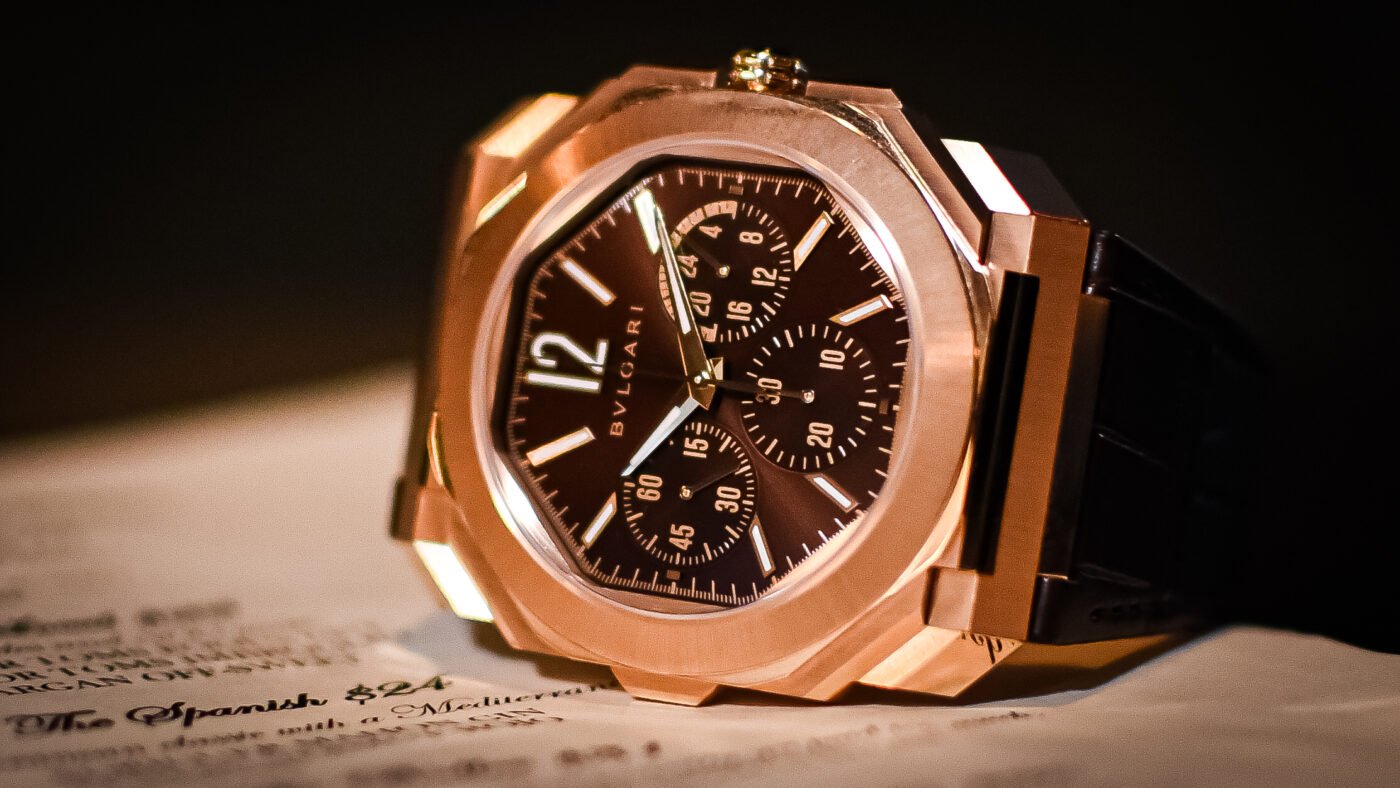
Tiffany & Co. (2020)
In 2020, LVMH made its largest acquisition yet: the purchase of Tiffany & Co. for $16.2 billion USD. Despite the challenges posed by the COVID-19 pandemic, Arnault’s vision to acquire the iconic American jewellery brand paid off. Tiffany’s sparkling reputation and extensive range of luxury products, including jewellery, watches, and accessories, made it a perfect fit within the LVMH portfolio.
How LVMH Maintains Its Luxury Dominance
Managing such a vast collection of luxury brands is no easy feat. To maintain its industry leadership, LVMH relies on a series of smart strategies that keep the company growing and leading the industry.
Aggressive Acquisition Strategy
LVMH pursued an aggressive mergers and acquisitions strategy, building a diverse portfolio of luxury brands like Dior and Tiffany & Co. This approach allows the company to consolidate complementary brands, enhancing market presence and profitability.
Decentralised Organisation
One of LVMH’s main strategies is a decentralised management structure. This model allows each brand to operate independently while sharing resources and expertise within the group. Each brand retains its identity and creative vision, which fosters innovation and responsiveness to market trends while keeping up with LVMH’s rigorous standards.
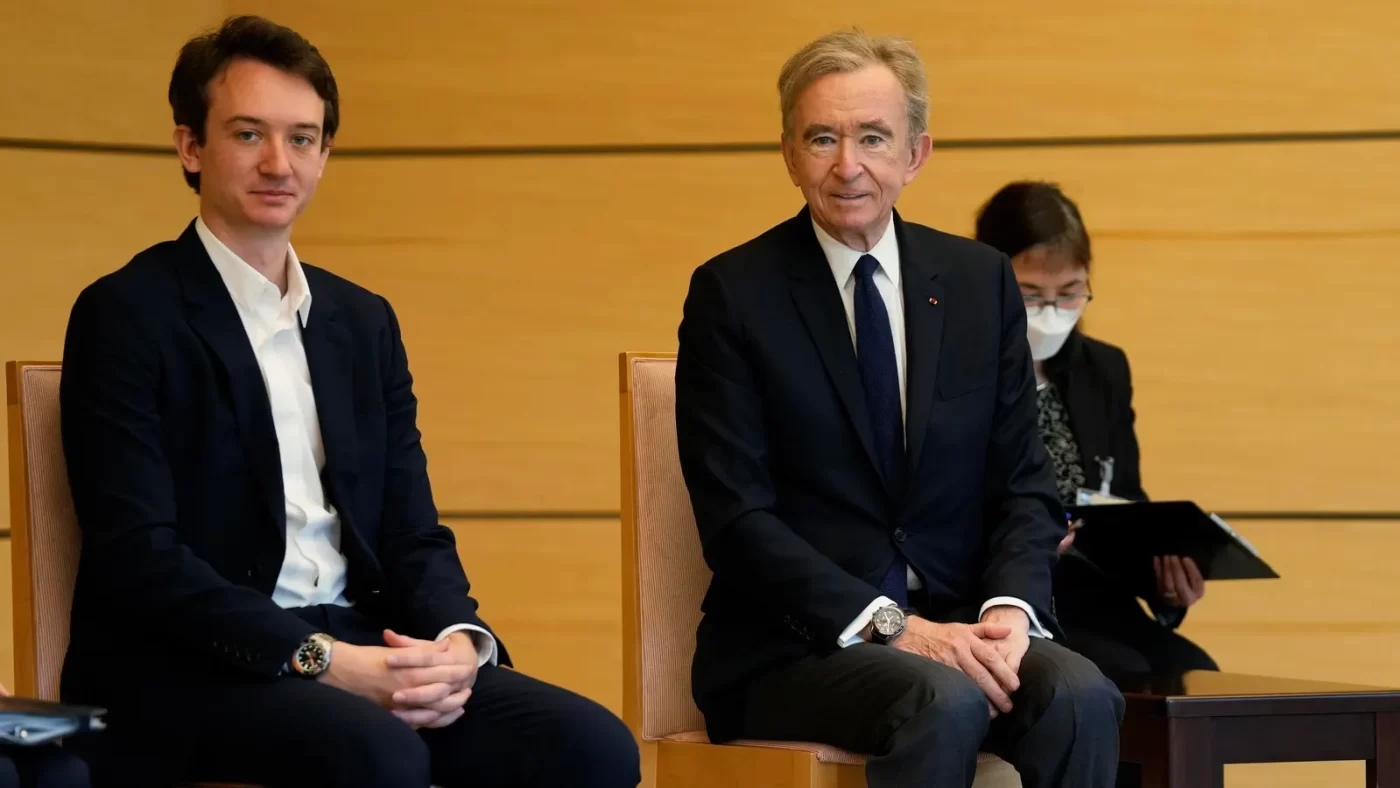
Focus on Craftsmanship and Quality
The backbone of LVMH rests on its commitment to skilful craftsmanship and superior quality. Whether it’s the vineyards where Moët Chandon wines are produced or the ateliers where Louis Vuitton bags are handcrafted, LVMH ensures that each product meets the highest standards of luxury. This focus on excellence is what sets LVMH apart from its competitors and keeps its brands in high demand among affluent consumers.
Brand Positioning and Exclusivity
LVMH positions its brands at the top of the luxury spectrum, targeting consumers willing to pay more for exclusive and high-quality products. With a purposeful limitation on product availability, LVMH successfully creates an aura of exclusivity around all its brands. The company also invests heavily in marketing and storytelling, reinforcing brand prestige and making them well-acknowledged status symbols of wealth and sophistication.
Managing Creative Talent
Arnault long understood that creative leadership was the linchpin. He had recruited some of the best, most talented people in order to keep the LVMH brands on top of the luxury marketplace. For example, in 1995, Arnault appointed the British designer John Galliano to replace the legendary Hubert de Givenchy at Givenchy. He then made Galliano head of Christian Dior, taking the place of Gianfranco Ferré, who, since the late 1980s, had guided Dior’s design. Arnault’s strategy of bringing in fresh creative blood is key to making sure that LVMH brands stay ahead of fashion trends.
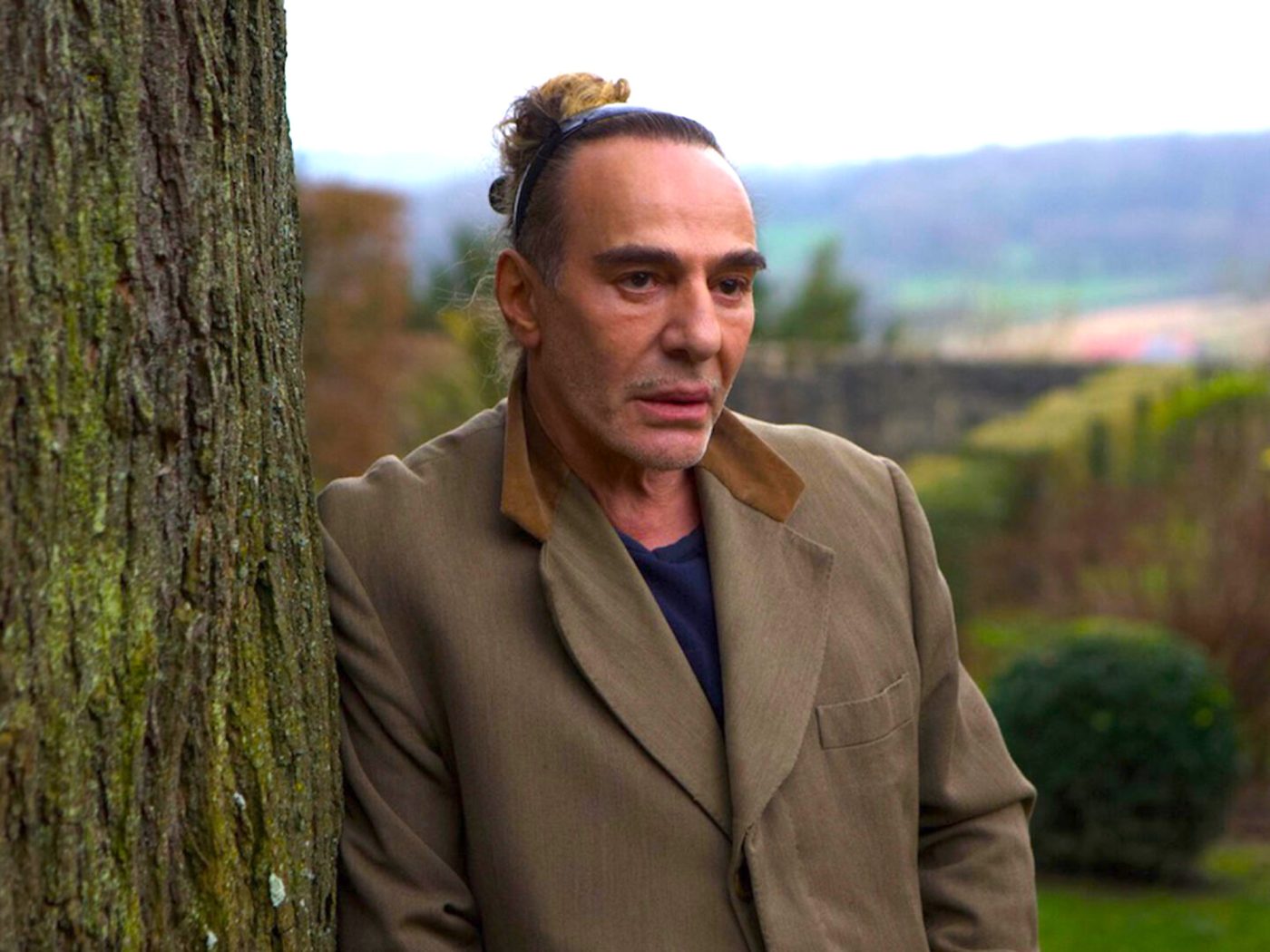
Innovation and Synergies
While LVMH can boast a rich history deeply rooted in tradition, the company is at the same time deeply committed to innovation. LVMH nurtures creativity within its brands and is always on the lookout for opportunities to create synergies across its portfolio. Collaborative projects, shared research, and joint marketing initiatives allow LVMH to drive innovation while maintaining operational efficiency.
Global Expansion
Arnault’s vision for LVMH goes beyond Europe and the United States. The company has aggressively spread its operations into emerging markets, including Asia, South America, and Australia, while it also keeps enhancing its operations in established markets. Today, LVMH has over 6,000 stores worldwide, allowing the company to cater to the diverse preferences of its global customer base.
Bernard Arnault aka ‘The Wolf in Cashmere’
Over the years, Arnault has faced criticism for his ruthless takeover moves, which earned him the title ‘wolf in cashmere’ from his rivals because of his predatory pursuit of acquiring their brands.
In 1987, Arnault made a calculated decision to divest most of his other assets to invest in two of the most iconic French brands, Moët Hennessy and Louis Vuitton, which became LVMH. Once inside, Arnault showed his acumen for business by intelligently exploiting the internal fights between the two CEOs of the company. He used these tensions to his advantage to gain a controlling interest in the company, outmanoeuvring both executives and then ousting them from power – a control he maintains to this day.
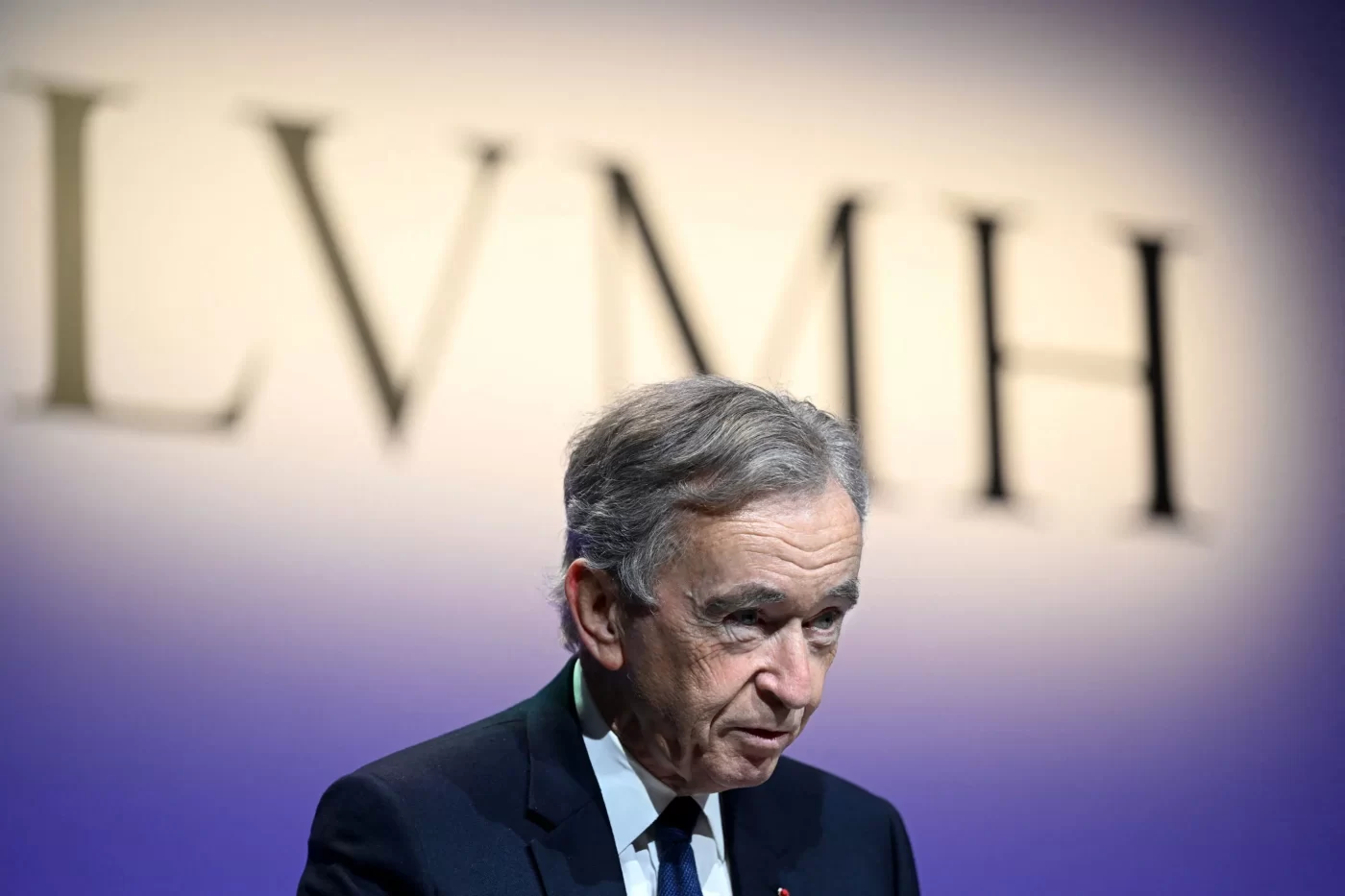
His brand acquisition journey has also been marked by intense corporate battles. In 2001, after a decade of attempts, Arnault faced a rare setback when he failed to take control of the Italian fashion house Gucci, which LVMH had been persistently pursuing. In this instance, his French rival, François Pinault, came out as the winner.
Perhaps the most infamous of his corporate battles was the so-called ‘handbag war‘ with Hermès, known for its expensive and highly exclusive Birkin and Kelly handbags. Arnault had set his sights on acquiring the brand, but Hermès was resolute in its resistance. Relations between the two companies began to sour in 2010 when LVMH adopted a clandestine takeover strategy by acquiring a 20% stake in Hermès through its subsidiaries.
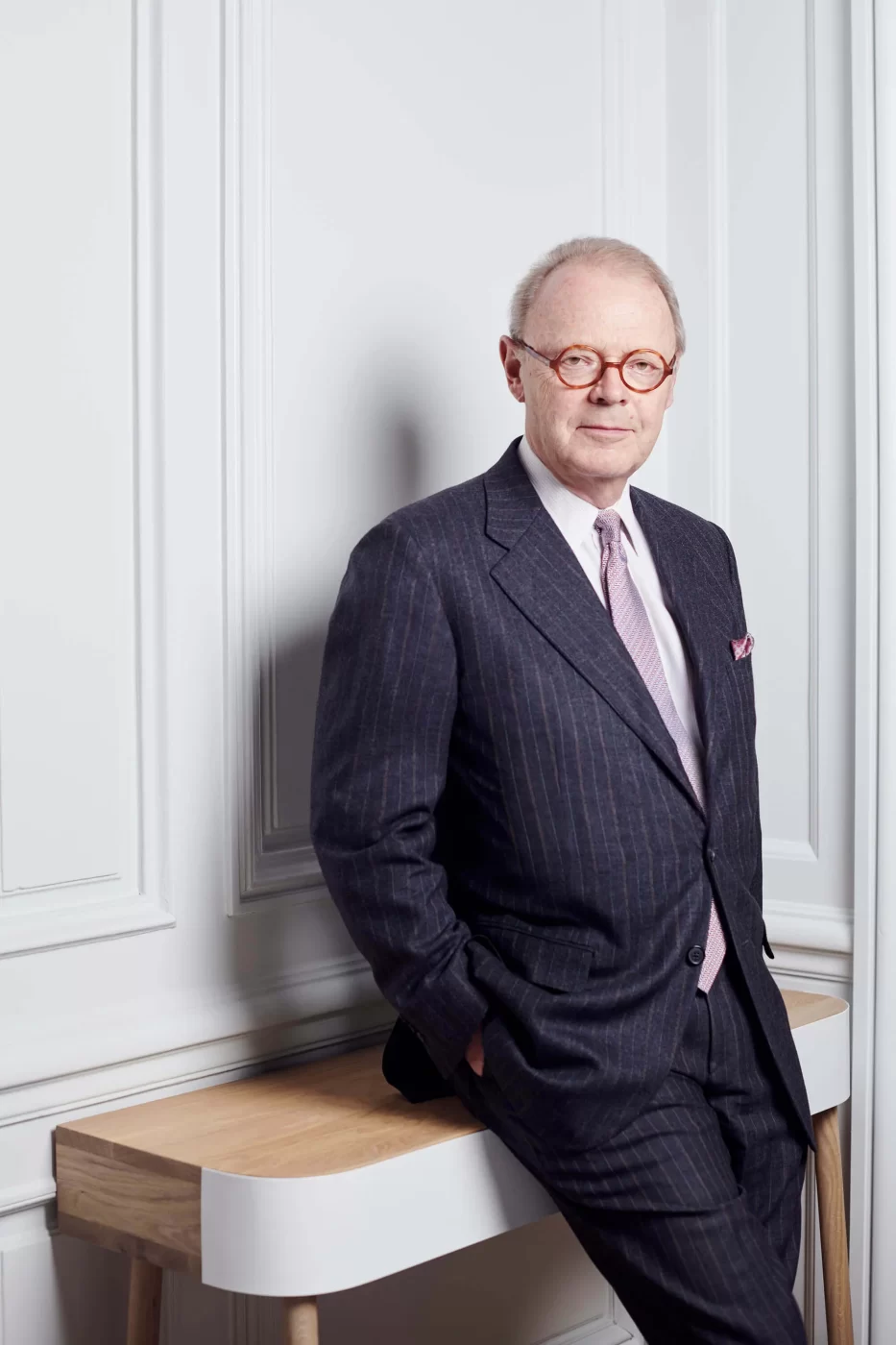
Arnault’s bold move drew sharp criticism from Patrick Thomas, the then-CEO of Hermès International, who reportedly criticised the action stating,
“If you want to seduce a beautiful woman, you don’t start by r*ping her from behind.”
Patrick Thomas
LVMH has faced allegations of outsourcing its luxury manufacturing to Chinese-owned firms accused of exploiting workers. In June, a Milan court ruling regarding Dior revealed troubling practices, including employees reportedly sleeping at their workplace to remain available 24 hours a day.’ Safety devices on machinery were also allegedly removed to expedite production, reducing costs to as little as $57 USD for handbags that retail for a staggering $2,800 USD.
Despite the controversies and criticisms, none can deny Bernard Arnault’s transformative impact — an undisputed maestro who has not just built brands, but entire ecosystems of luxury that speak a universal language of exceptional craftsmanship, innovation, and vision.
